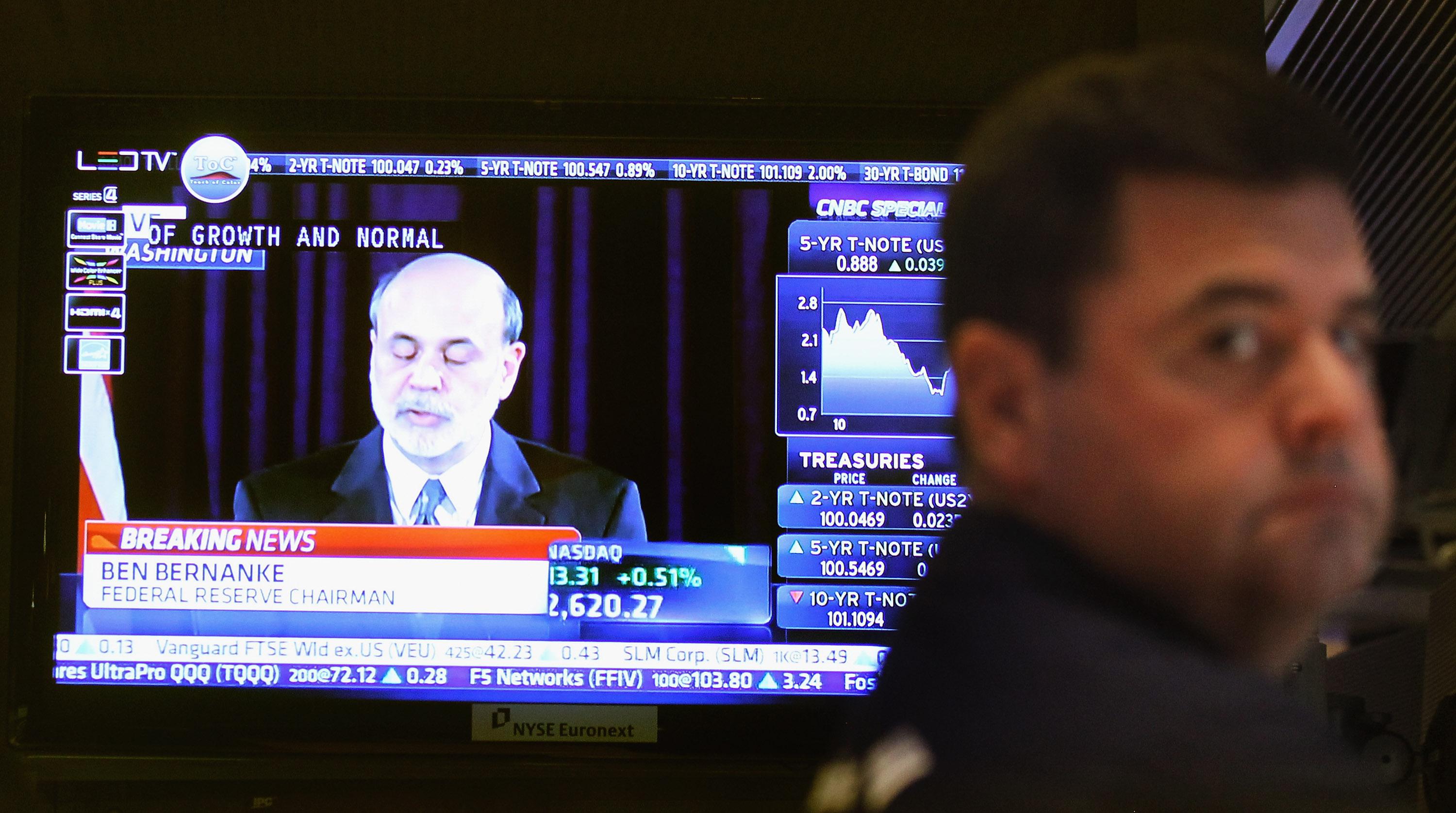Bloomberg’s lawsuits and investigations into the Federal Reserve’s secret emergency lending program to America’s largest banks are done, and they’re able to reach the conclusion “that banks reaped an estimated $13 billion of income by taking advantage of the Fed’s below-market rates” during this period. So what’s scandalous here and what’s not scandalous?
NOT SCANDALOUS – Lending vast sums in a banking panic: Serving as a “lender of last resort” is historically one of the main roles of a central bank. When everyone decides they want more liquidity simultaneously, everyone will end up going bust. But a central bank can’t “run out of money” so it never needs to worry about liquidity. What it’s supposed to do in a panic is ensure that liquidity problems don’t cripple banks and create new liquidity problems. Bagehot’s Rule, named after Walter Bagehot, says that in a crisis central banks should “lend freely, but at a penalty rate.” Nobody should run out of cash.
DUBIOUS – These weren’t penalty rates: It was always clear that massive emergency lending of some kind was going on and also that some people would regard this lending as a dastardly “bailout” that kept banks in business. But what’s really coming into view now is that this lending was not at a penalty rate. It was ultra-cheap money that allowed banks to earn profits designed to help resolve fundamental solvency problems. As Bloomberg puts it “the Fed says it typically makes emergency loans more expensive than those available in the marketplace” to ensure that it’s strictly addressing liquidity issues rather than solvency ones, but “during the crisis, Fed loans were among the cheapest around, with funding available for as low as 0.01 percent in December 2008.”
DEFENSIBLE – Erring on the side of activism: The presumption of the “lend freely, but at a penalty rate” strategy is that this will suffice to save most of your banks and keep the economy going. But what if your banks actually are insolvent and can’t pay the penalty rate? Then is your greater duty to save the banking system, or to save the fussy distinction between a bailout and an emergency loan? I can easily see the case for erring on the side of activism rather than risking economic chaos. In principle what you’re supposed to do in this situation is take an equity stake in the insolvent institutions, fully or partially nationalizing. Maybe Fed officials felt this was somehow impossible to do on the needed timeframe and a massive secret low-interest lending policy was the least of all possible evils.
THE REAL SCANDAL – Abandoning activism for the rest of us: If I had fully understood what the Fed was doing in the fall of 2008 and the winter of 2008-2009, the truth is that I would have defended it all. Things were falling apart, and the important thing was for monetary policymakers to be engaged in an all hands on deck effort to prevent demand from collapsing and a years-long spell of mass unemployment. If the operational aspects of that get messy a bit “unfair” then so much the worse for fairness and cleanliness. The real scandal has only emerged with clarity in the subsequent years. Having ensured the basic stability of the banking system, monetary policymakers in America proceeded to forget all about their go-getter attitude and ability to reach deep into the practical and legal toolkit in order to get what they want. We’re heading into the winter of 2011, with three years of mass unemployment under our belt and no end in sight. That’s not happening because the Fed was too generous with the free money for banks at the height of the crisis. It’s because once the acute phase of the banking crisis ended, suddenly we returned to small thinking and small-c conservatism. But it can’t be both. If in a time of crisis, the right thing to do is to get “crazy” then there’s plenty more crazy stuff the Fed could be doing to boost overall spending in the American economy. Or if the right thing to do is to stay orthodox and ignore the human consequences, then there was no reason not to stay orthodox three years ago and refuse to lend at anything other than a penalty rate.
THE BOTTOM LINE – Bolstering the status quo: The government didn’t actually lose any money on these deals. There was no loss of funds or transfer of real economic resources. But as Bloomberg writes “details suggest taxpayers paid a price beyond dollars as the secret funding helped preserve a broken status quo and enabled the biggest banks to grow even bigger.” Capitalism is supposed to have an evolutionary dynamic. Firms with sound business strategies survive and expand. Firms with unsound business strategies shrink and go bust. Consequently, over time the average quality of business strategies is improving. This evolution toward better firms over time is one of the key pillars of our prosperity. If ill-managed firms nonetheless survive, the system is broken in a fundamental way.
